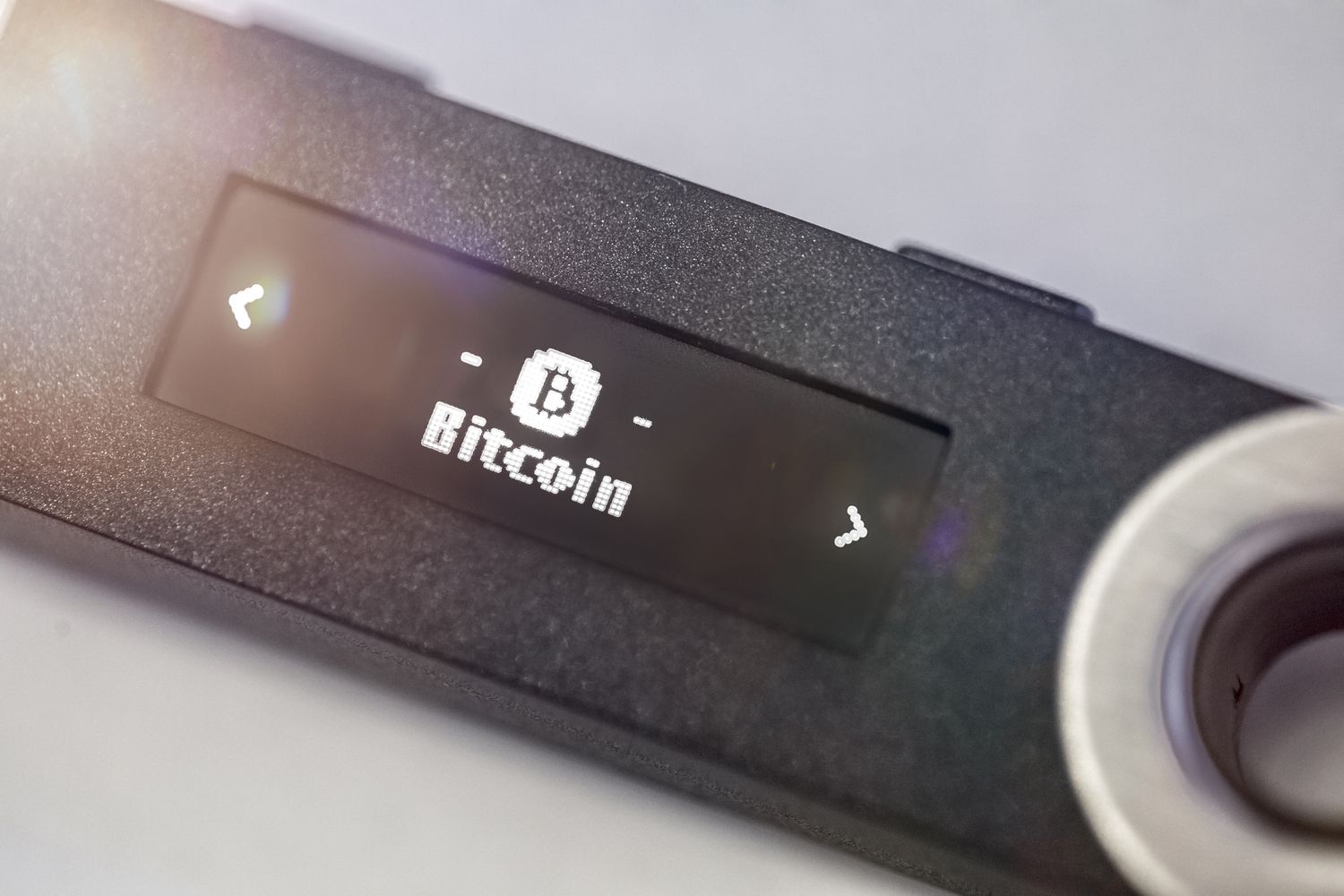

Articles
How To Store Bitcoin On Usb
Modified: January 6, 2024
Learn how to securely store your Bitcoin on a USB device with our informative articles. Safeguard your digital assets with step-by-step instructions and expert advice.
(Many of the links in this article redirect to a specific reviewed product. Your purchase of these products through affiliate links helps to generate commission for Storables.com, at no extra cost. Learn more)
Introduction
Welcome to the world of cryptocurrency! If you’re a Bitcoin enthusiast, you probably understand the importance of keeping your digital assets secure. Storing your Bitcoin on a USB device is a popular and convenient method to safeguard your funds.
In this article, we will explore the benefits of storing Bitcoin on USB, discuss the things to consider before proceeding, guide you through the step-by-step process, suggest recommended USB wallets, highlight security measures, and address potential risks and precautions associated with this method of storage.
By the end of this article, you will have a thorough understanding of how to store Bitcoin on a USB device and the necessary precautions to protect your investment.
So let’s dive in and explore the world of secure Bitcoin storage!
Key Takeaways:
- Storing Bitcoin on a USB device provides enhanced security, offline storage, portability, backup options, and complete control and ownership of your funds. It’s a convenient and reliable solution for safeguarding your digital assets.
- Before storing Bitcoin on a USB device, consider factors like wallet compatibility, reputation, backup plans, secure operating systems, and regular updates. Implement strong security measures to protect your digital assets from potential risks.
Read more: How To Store Bitcoins
Benefits of Storing Bitcoin on USB
Storing your Bitcoin on a USB device offers several advantages over other forms of storage. Below are the key benefits:
- Enhanced Security: By storing your Bitcoin on a USB device, you have full control over your private keys. This eliminates the risk of your funds being compromised by online hacks or malware attacks. USB wallets are designed with advanced security features, such as encryption and password protection, providing an additional layer of protection for your digital assets.
- Offline Storage: One of the biggest advantages of using a USB device is the ability to store your Bitcoin offline. This means that your funds are not connected to the internet, making them immune to online threats. Offline storage, also known as “cold storage,” greatly reduces the risk of hacking and unauthorized access to your funds.
- Portability: USB devices are small and lightweight, allowing you to conveniently carry your Bitcoin wherever you go. Whether you’re traveling or simply want to have your funds with you at all times, storing Bitcoin on a USB device ensures easy accessibility without compromising security.
- Backup Option: USB storage provides an excellent backup solution for your Bitcoin wallet. You can create multiple copies of your wallet and store them on different USB devices, keeping them in separate physical locations. This backup strategy ensures redundancy and protects against the risk of data loss, hardware failure, or theft.
- Control and Ownership: When you store your Bitcoin on a USB device, you have complete control and ownership of your funds. You are not reliant on third parties like exchanges or custodial services, which often introduce counterparty risk. By holding your Bitcoin offline, you become your own custodian and have sole authority over your digital assets.
Overall, storing Bitcoin on USB provides enhanced security, offline storage, portability, backup options, and complete control and ownership of your funds. It’s a convenient and reliable solution for those who prioritize the safety of their Bitcoin holdings.
Things to Consider Before Storing Bitcoin on USB
Before you proceed with storing your Bitcoin on a USB device, there are a few important factors to consider. Let’s take a look:
- USB Device Compatibility: Ensure that the USB device you choose is compatible with the wallet software you plan to use. Different wallets may have specific device requirements, so it’s crucial to check compatibility before making a purchase.
- Wallet Reputation and Security: Research the reputation and security features of the wallet software you intend to use. Look for wallets that have a strong track record of security and positive user reviews. It’s important to choose a reputable wallet to minimize the risk of potential vulnerabilities or scams.
- Backup Plan: Develop a robust backup plan in case your USB device gets damaged, lost, or stolen. Consider creating multiple copies of your wallet and storing them in secure locations. Additionally, explore other backup methods like paper wallets or hardware wallets as an added measure of protection.
- Secure Operating System: Ensure that the computer you use to generate and access your Bitcoin wallet is secure. It’s recommended to use a dedicated computer or a computer with up-to-date antivirus software, a firewall, and regular security updates. Taking these precautions helps reduce the risk of malware or keyloggers compromising your wallet.
- Regular Updates: Keep your wallet software and USB device firmware up to date. Developers often release updates to address security vulnerabilities or introduce new features. Staying updated ensures you benefit from the latest security enhancements and improvements.
- Test Small Amounts:> Before transferring a significant amount of Bitcoin to your USB wallet, start by testing it out with a small amount. This allows you to verify that the storage and retrieval process works smoothly and ensures you are comfortable with the wallet software and USB device before committing a larger amount of funds.
By considering these factors, you can make informed decisions and mitigate potential risks associated with storing Bitcoin on a USB device. It’s crucial to prioritize security, compatibility, backup strategies, and regular updates to ensure the safety and accessibility of your digital assets.
Step-by-Step Guide to Storing Bitcoin on USB
Now that we understand the benefits and considerations of storing Bitcoin on a USB device, let’s walk through the step-by-step process:
- Choose a USB Wallet: Research and select a reputable USB wallet that supports Bitcoin storage. Some popular options include Ledger Nano S, Trezor, and KeepKey.
- Acquire a USB Device: Purchase a USB device that is compatible with your chosen wallet. Make sure to buy from a trusted source to avoid counterfeit or tampered devices.
- Install Wallet Software: Connect the USB device to your computer and follow the instructions provided by the wallet manufacturer to install the wallet software on your device.
- Set Up the Wallet: Once the software is installed, initialize the wallet by creating a new wallet or importing an existing one. Follow the instructions carefully and set a strong password to encrypt your wallet.
- Backup Your Wallet: Follow the wallet software’s instructions for creating a backup of your wallet. Ideally, write down your recovery seed phrase on a piece of paper and keep it in a safe and secure location.
- Receive Bitcoin: In your wallet software, find your Bitcoin receiving address. This is the address you will use to receive Bitcoin. Copy the address or display the QR code for others to send Bitcoin to you.
- Send Bitcoin to the USB Wallet: Use your existing Bitcoin wallet (such as an exchange or another wallet) to send Bitcoin to the receiving address on your USB wallet. Double-check the address to ensure accuracy.
- Disconnect and Secure: Once the transaction is confirmed, disconnect the USB device from your computer and store it in a secure place. Ideally, keep it in a fireproof safe or another location with controlled access.
- Regularly Update and Monitor: Stay vigilant and regularly update the wallet software and device firmware as new versions are released. Monitor your Bitcoin address for any incoming or outgoing transactions and ensure your wallet remains secure.
Following these steps will enable you to store your Bitcoin securely on a USB device. Remember to always prioritize security, backup your wallet, and keep your USB device in a safe location to protect your digital assets.
Recommended USB Wallets for Bitcoin Storage
When it comes to storing Bitcoin on a USB device, it is crucial to choose a reliable and secure wallet. Here are three highly recommended USB wallets for Bitcoin storage:
- Ledger Nano S: Ledger Nano S is one of the most popular USB wallets in the market. It supports a wide range of cryptocurrencies, including Bitcoin. The device features a secure element chip and offers advanced security features like two-factor authentication and PIN code protection. The user-friendly interface and compatibility with multiple wallet software make it a top choice for many cryptocurrency enthusiasts.
- Trezor: Trezor is another widely recognized USB wallet that prioritizes security and user experience. It offers a secure offline storage solution for Bitcoin and other cryptocurrencies. Trezor wallets come with a built-in screen and physical buttons for easy navigation. The wallet is compatible with various wallet software and includes features like passphrase protection for added security.
- KeepKey: KeepKey is a USB hardware wallet known for its sleek design and robust security features. With its large, high-resolution screen, it offers a user-friendly experience. KeepKey supports Bitcoin and numerous other cryptocurrencies. The wallet employs a hierarchical deterministic (HD) wallet structure and offers backup options like recovery seed phrases. The device’s solid build quality and compatibility with popular wallet software make it a reliable choice.
It’s important to note that these wallet recommendations are constantly evolving as new technologies and security enhancements are introduced. Before making a final decision, conduct thorough research and consider factors like wallet reputation, ongoing development, user reviews, and compatibility with your specific needs.
Remember to purchase your USB wallet directly from the manufacturer or authorized resellers to avoid potential counterfeit or tampered devices. By choosing a reputable USB wallet, you can store your Bitcoin with confidence, knowing that your digital assets are secure.
When storing Bitcoin on a USB drive, make sure to use a hardware wallet like Ledger or Trezor for added security. Always keep multiple backups of your wallet and store them in separate, secure locations.
Read more: How To Store Bitcoin Offline
Security Measures to Protect Bitcoin on USB
When it comes to storing Bitcoin on a USB device, implementing strong security measures is crucial to safeguard your digital assets. Here are some essential security measures to consider:
- Choose a Reliable Wallet: Select a reputable USB wallet that has a proven track record of security. Make sure the wallet implements strong encryption, supports multi-factor authentication, and regularly updates its software for bug fixes and security enhancements.
- Secure the Physical USB Device: Keep your USB device in a secure location, such as a locked drawer or a fireproof safe. Avoid leaving it exposed or easily accessible to unauthorized individuals.
- Set a Strong Password: When setting up your USB wallet, be sure to choose a strong, unique password. Avoid using easily guessable passwords and consider using a password manager to securely store and generate complex passwords for your wallet and other accounts.
- Enable Two-Factor Authentication (2FA): Many USB wallet software options have built-in support for two-factor authentication. Enable this feature to add an extra layer of security. With 2FA, you will be required to provide a secondary code or confirmation in addition to your password when accessing your wallet.
- Regularly Update Wallet Software: Keep your wallet software up to date with the latest versions released by the wallet provider. Updates often include security patches and bug fixes, making your wallet more secure against potential vulnerabilities.
- Utilize Passphrase Protection: Some USB wallets offer the option to set up a unique passphrase or PIN code along with your password. This provides an additional layer of protection in case your USB device falls into the wrong hands.
- Create Multiple Wallet Backups: Backup your wallet by storing copies of your wallet.dat file or your recovery seed phrase in separate physical locations. This ensures redundancy and protects against the risk of loss or theft of your USB device.
- Be Cautious with Public Wi-Fi: Avoid accessing your USB wallet or conducting Bitcoin transactions while connected to public Wi-Fi networks. Public networks can be vulnerable to hackers, and your activities may be monitored. Instead, use a secure and trusted internet connection.
- Be Wary of Phishing Attempts: Exercise caution and be vigilant for phishing attempts. Always verify the authenticity of emails, websites, and communication channels before entering any personal information or accessing your USB wallet. Double-check the URL of the wallet software to ensure you are on a legitimate site.
By implementing these security measures, you can significantly reduce the risk of unauthorized access and protect your Bitcoin stored on a USB device. Stay proactive, stay informed, and stay vigilant to ensure the safety of your digital assets.
Risks and Precautions When Storing Bitcoin on USB
While storing Bitcoin on a USB device offers enhanced security, it is important to be aware of the potential risks and take necessary precautions. Let’s explore some of the risks and recommended precautions:
- Physical Damage or Loss: USB devices can be lost, damaged, or stolen. To mitigate this risk, keep your USB device in a secure location and consider creating multiple backups of your wallet. Storing backups in separate physical locations ensures redundancy and allows you to recover your funds even if your USB device is lost or damaged.
- Counterfeit or Tampered Devices: Be cautious when purchasing USB wallets and buy only from reputable sources. Counterfeit or tampered devices may compromise the security of your Bitcoin. Verify the authenticity of the device and ensure the package has not been tampered with before use.
- Software Vulnerabilities: No software is entirely immune to vulnerabilities. Stay informed about security updates released by the wallet provider and promptly install the latest versions. Regularly updating your wallet software helps protect against potential exploits or bugs that could compromise the security of your Bitcoin.
- Forgotten Password or Seed Phrase: If you forget the password to your USB wallet or lose the recovery seed phrase, you may permanently lose access to your Bitcoin. Take extra care to securely store your password and recovery phrase in multiple locations. Consider using a password manager or physically writing down the information and keeping it in a safe place.
- Malware and Phishing Attacks: Be cautious of malware and phishing attacks targeting your USB wallet. Keep your computer’s antivirus software up to date, avoid clicking on suspicious links or downloading files from untrusted sources, and regularly scan your computer for malware. Double-check the website’s URL to ensure you are using the official wallet software.
- Human Error: Mistakes can happen, especially when dealing with complex cryptographic systems. Avoid rushing through the process of setting up and using your USB wallet. Double-check addresses before sending Bitcoin, make sure you’re using secure internet connections, and store your USB device securely to mitigate the risk of human error.
By being aware of these risks and taking necessary precautions, you can significantly reduce the likelihood of losing your Bitcoin or compromising its security. Stay informed, practice good security hygiene, and regularly review and update your security measures to adapt to new threats and technologies.
Frequently Asked Questions (FAQs)
Here are some common questions related to storing Bitcoin on USB:
-
Is storing Bitcoin on a USB device secure?
Storing Bitcoin on a USB device can be more secure compared to online wallets or exchanges. USB wallets provide offline storage, better control over private keys, and enhanced protection against online threats.
-
What happens if I lose my USB device?
If you lose your USB device without having any backups, you may lose access to your Bitcoin. That’s why it is recommended to create multiple backups of your wallet and store them in separate secure locations.
-
Are USB wallets compatible with other cryptocurrencies?
Yes, USB wallets like Ledger Nano S, Trezor, and KeepKey support various cryptocurrencies, including Bitcoin. However, it’s important to check the specific wallet’s compatibility with the cryptocurrencies you intend to store.
-
Can I access my Bitcoin on a USB wallet from multiple devices?
Yes, you can usually access your Bitcoin on a USB wallet from multiple devices as long as the wallet software is compatible and you have the necessary access credentials. Make sure to follow the instructions provided by the wallet manufacturer for multi-device access.
-
What happens if my USB wallet gets damaged?
If your USB wallet gets damaged, you can still recover your Bitcoin using the backup copies of your wallet. It’s important to securely store multiple copies of your wallet in separate locations to ensure you can restore your funds in such situations.
-
Do I need an internet connection to use a USB wallet?
An internet connection is required to install and update the wallet software on your USB device. However, once your Bitcoin is stored on the USB device, you do not need an internet connection to securely hold your funds.
-
Are USB wallets completely immune to hacking?
No storage method can claim 100% immunity to hacking. However, USB wallets offer significant security benefits compared to online wallets or exchanges. They provide offline storage and added layers of encryption and authentication, making them much less susceptible to online attacks.
Remember, it is always important to conduct thorough research, follow security best practices, and stay informed about the latest developments in cryptocurrency storage to protect your Bitcoin investments.
Conclusion
Storing Bitcoin on a USB device offers numerous benefits in terms of security, control, and accessibility. By utilizing a USB wallet, you can keep your Bitcoin offline, reducing the risk of online attacks and unauthorized access to your funds. Additionally, USB wallets provide portability, allowing you to carry your digital assets wherever you go.
Before embarking on your journey to store Bitcoin on a USB device, carefully consider the compatibility, reputation, and security features of the wallet you choose. Take precautions, such as creating multiple backups of your wallet and securing your USB device in a safe location.
Remember to stay updated with the latest wallet software and firmware releases, enable security features like two-factor authentication, and be cautious of phishing attempts or malware attacks. Regularly monitor your Bitcoin address and update your security measures to stay ahead of potential risks.
While storing Bitcoin on a USB device adds an extra layer of security, it’s important to acknowledge the potential risks involved. Protect yourself against physical loss, counterfeits, software vulnerabilities, human errors, and other potential threats by implementing strong security measures and following best practices.
By understanding the benefits, considering the necessary precautions, and taking proactive measures to protect your Bitcoin on a USB device, you can confidently secure your digital assets and enjoy peace of mind knowing that you have full control and ownership over your funds.
Remember, cryptocurrency storage is constantly evolving, so staying informed and adapting to new security measures is crucial. Safeguarding your Bitcoin is an ongoing process that requires diligence and continuous learning. By doing so, you can confidently navigate the world of cryptocurrency and reap the benefits of a secure and accessible Bitcoin storage solution.
Frequently Asked Questions about How To Store Bitcoin On Usb
Was this page helpful?
At Storables.com, we guarantee accurate and reliable information. Our content, validated by Expert Board Contributors, is crafted following stringent Editorial Policies. We're committed to providing you with well-researched, expert-backed insights for all your informational needs.
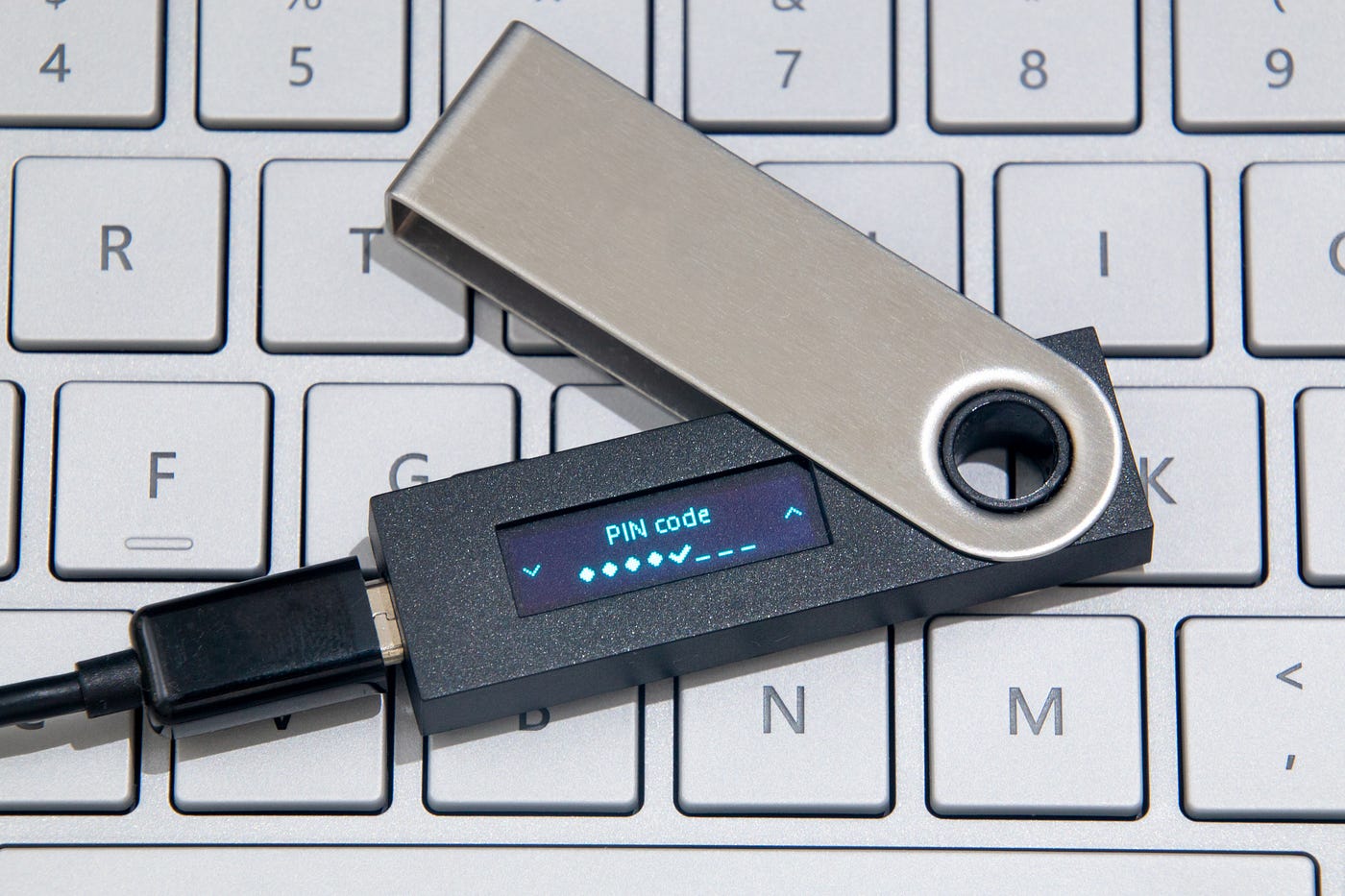
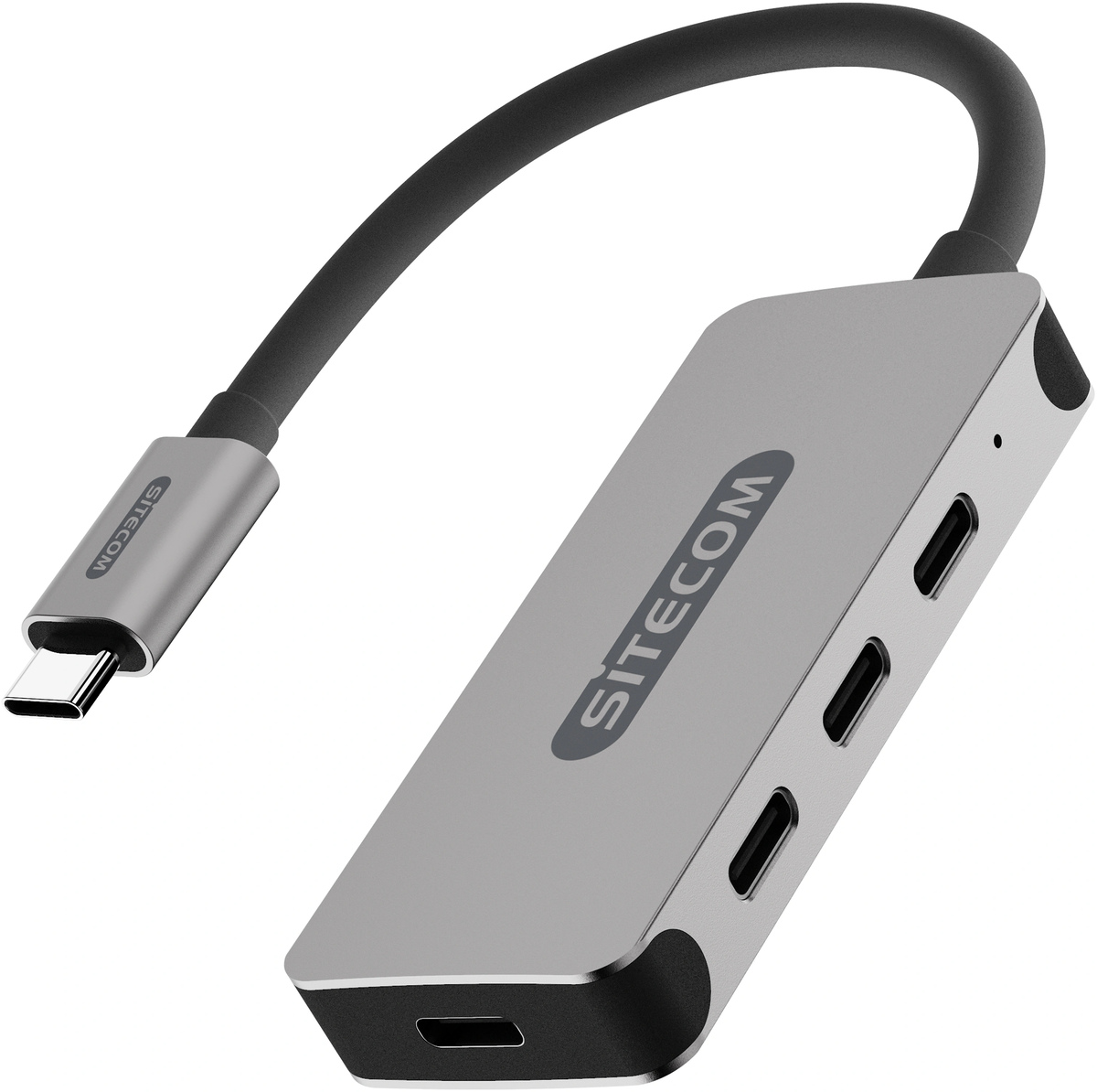

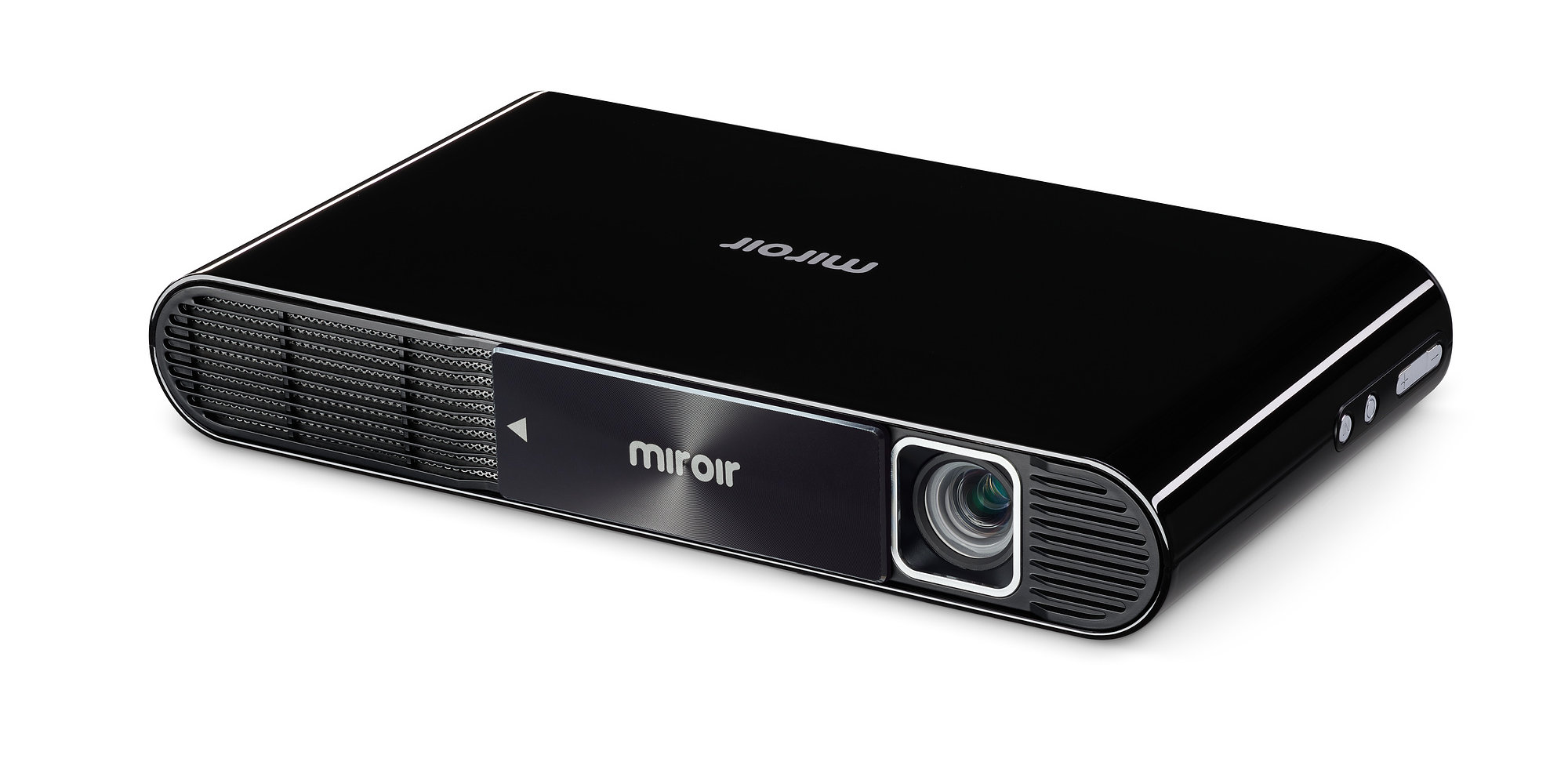
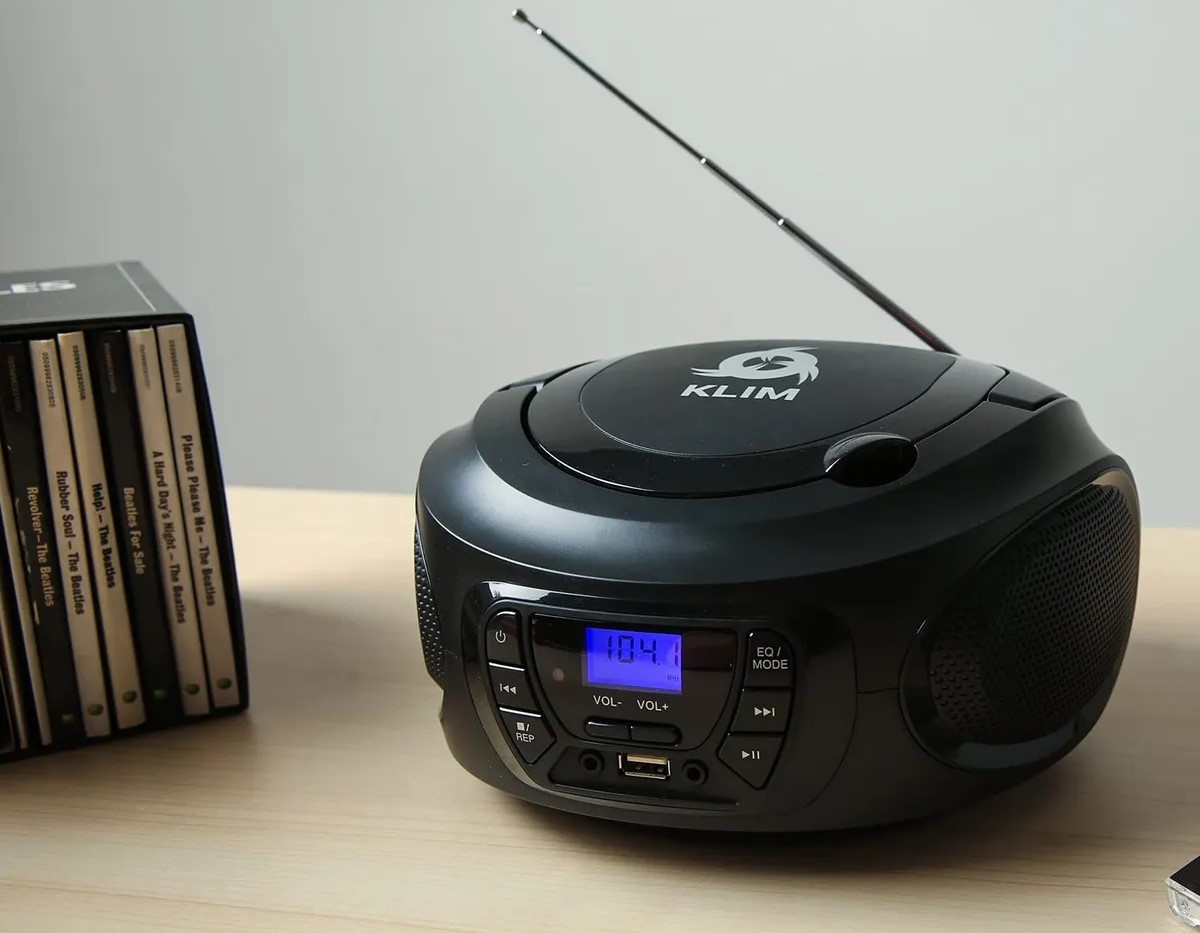
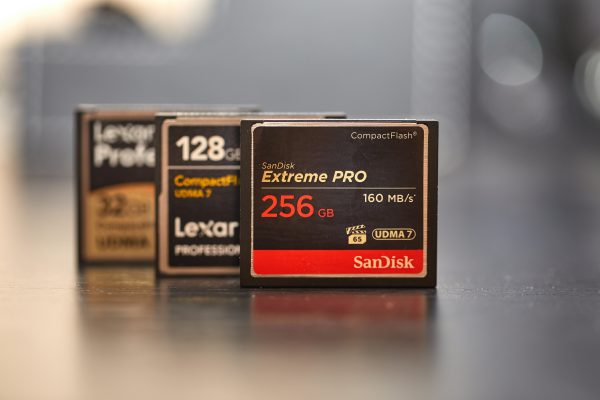
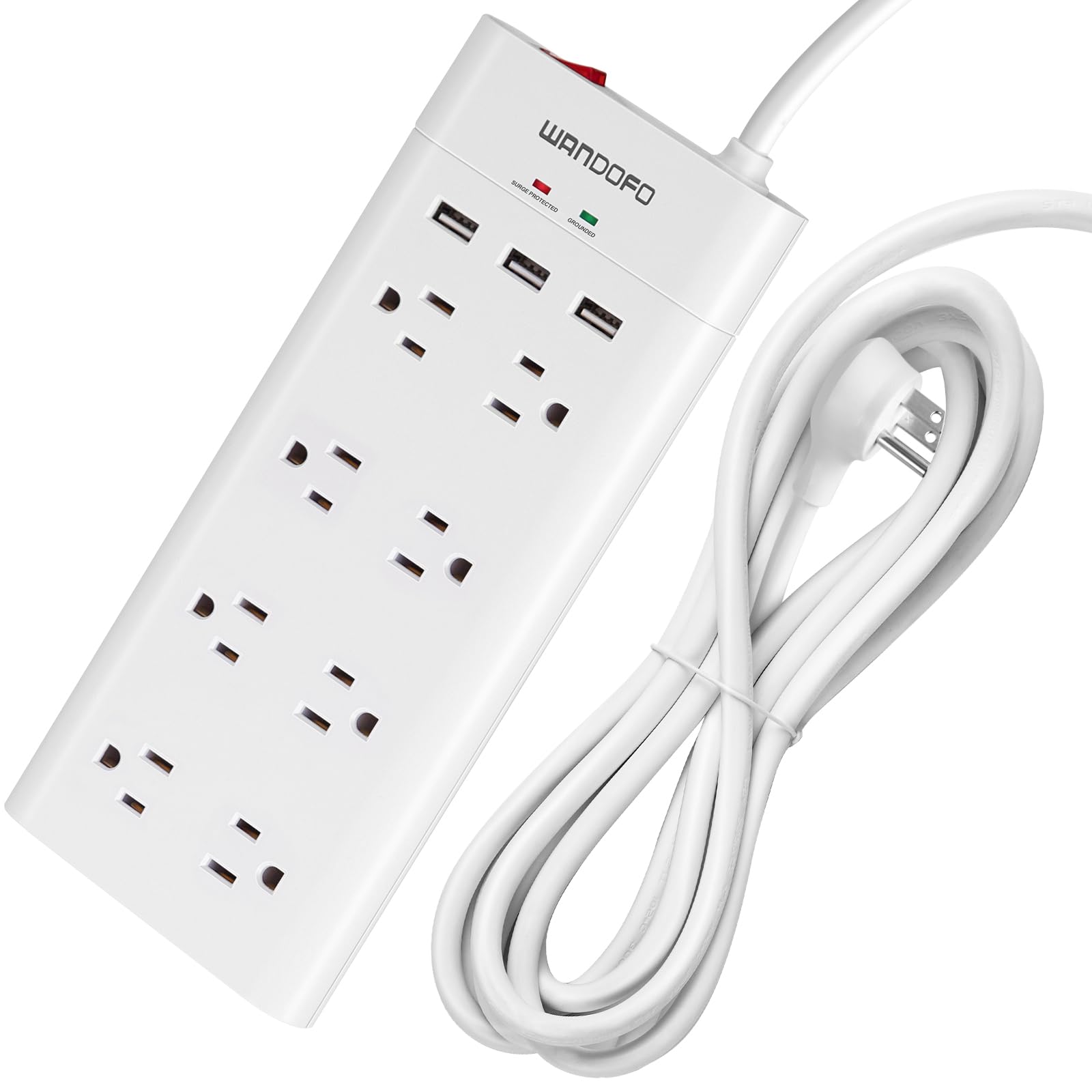
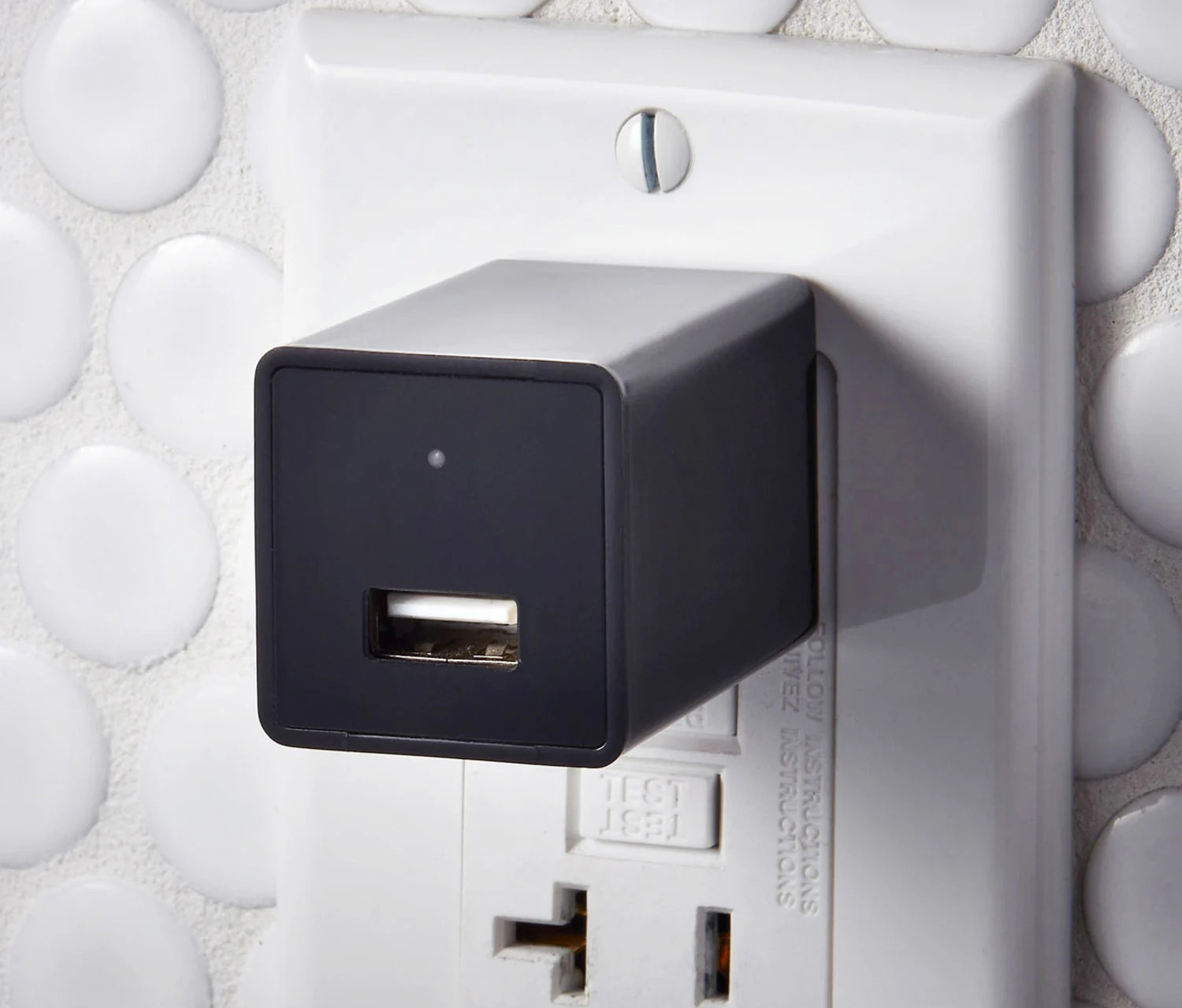
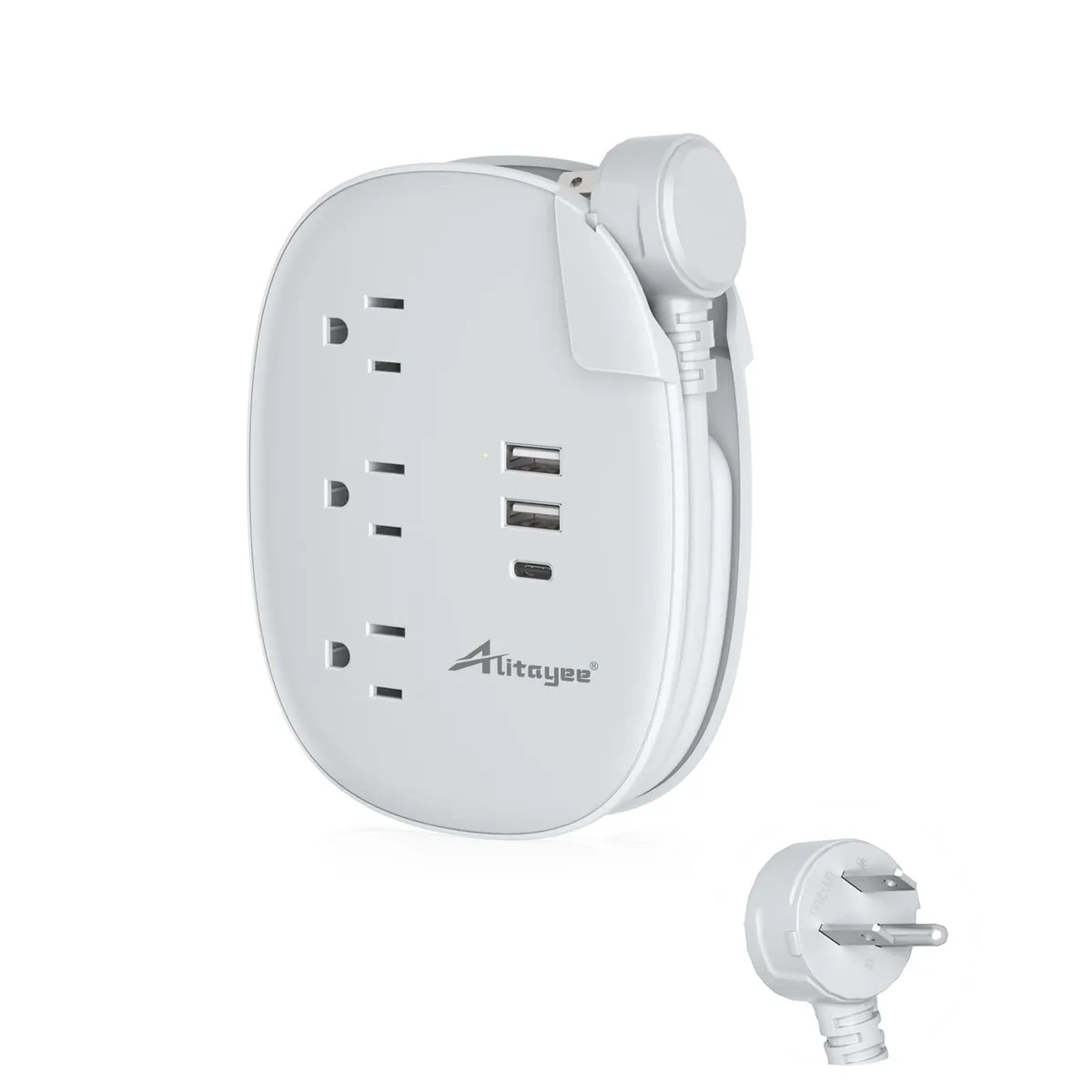

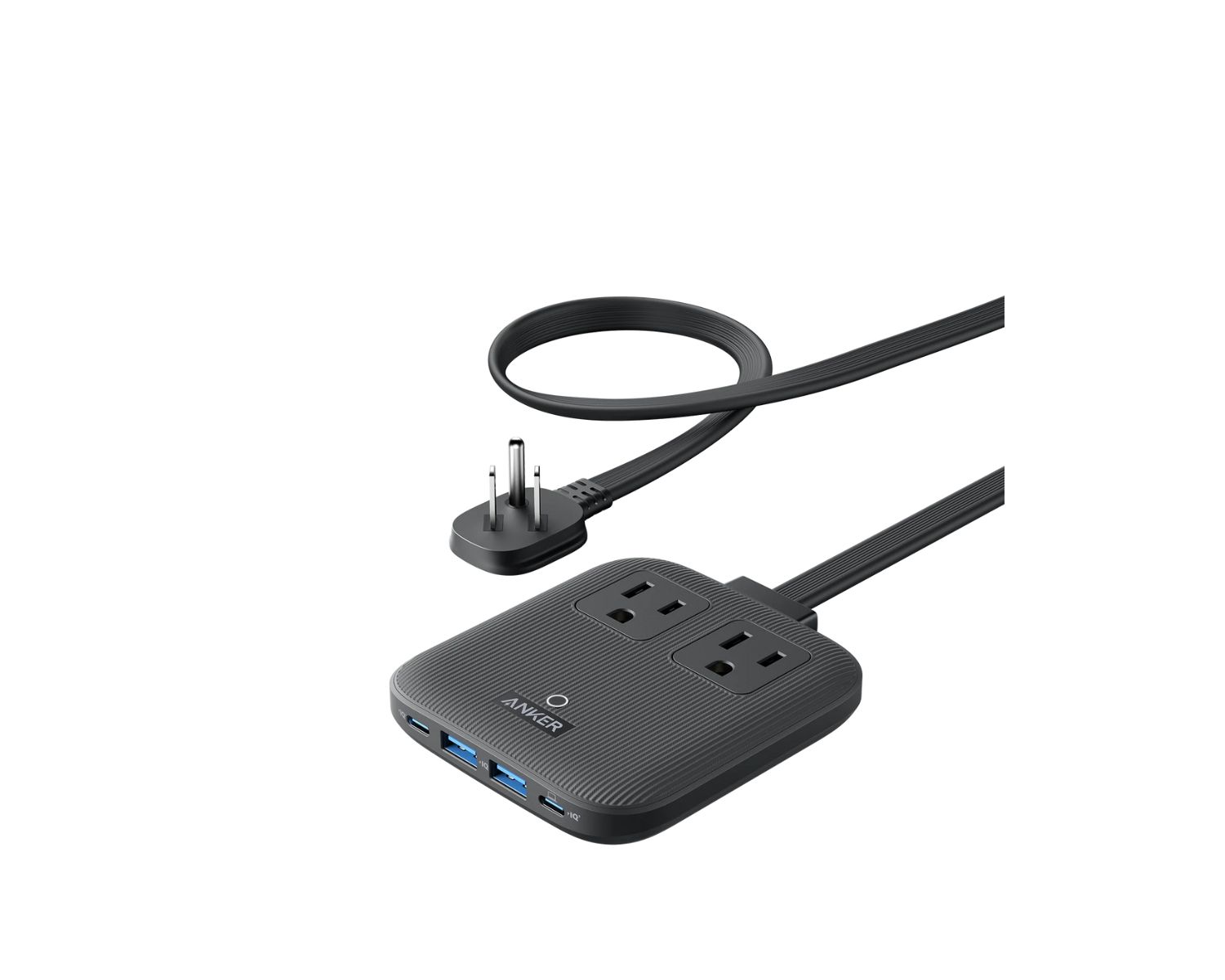
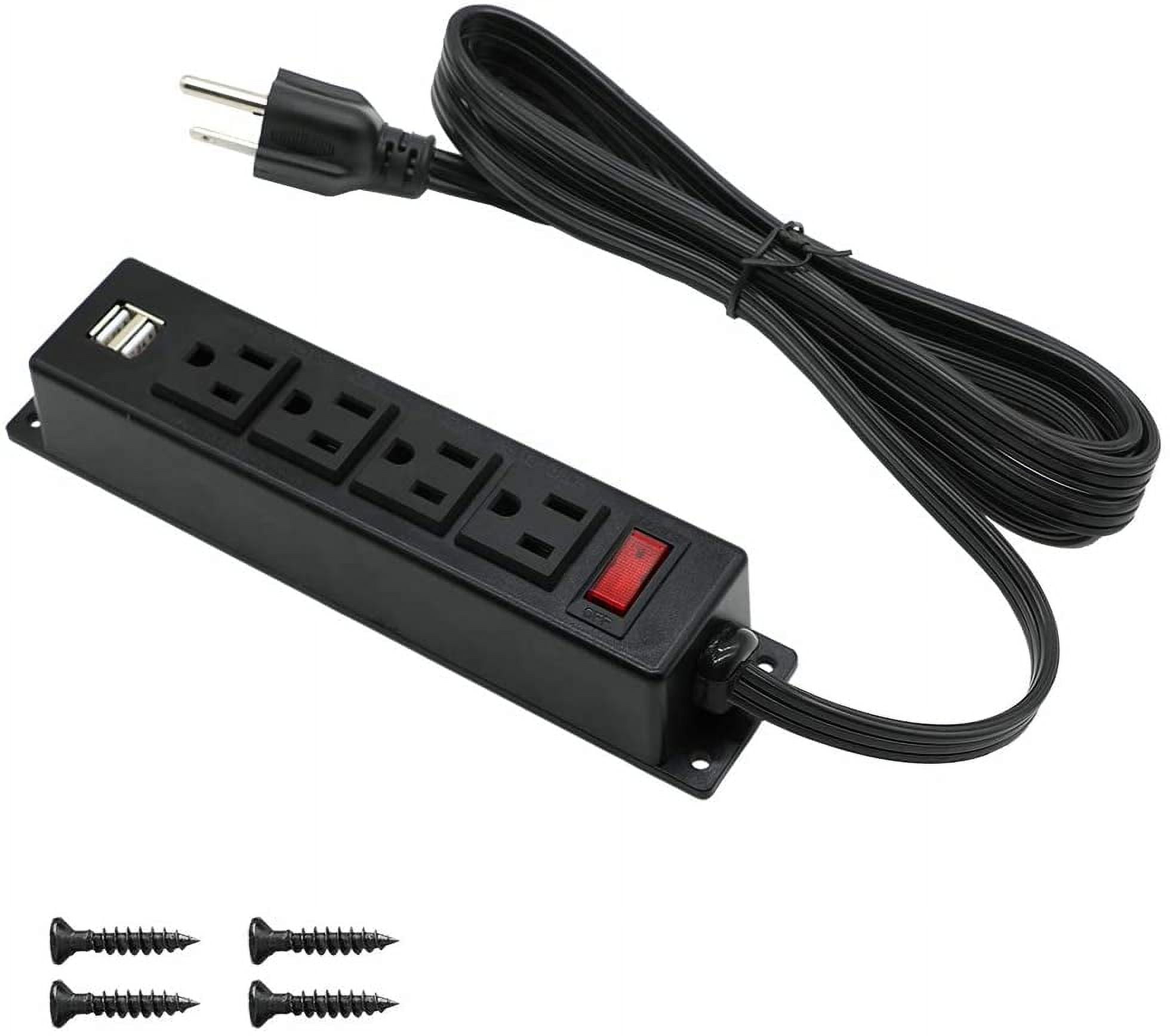
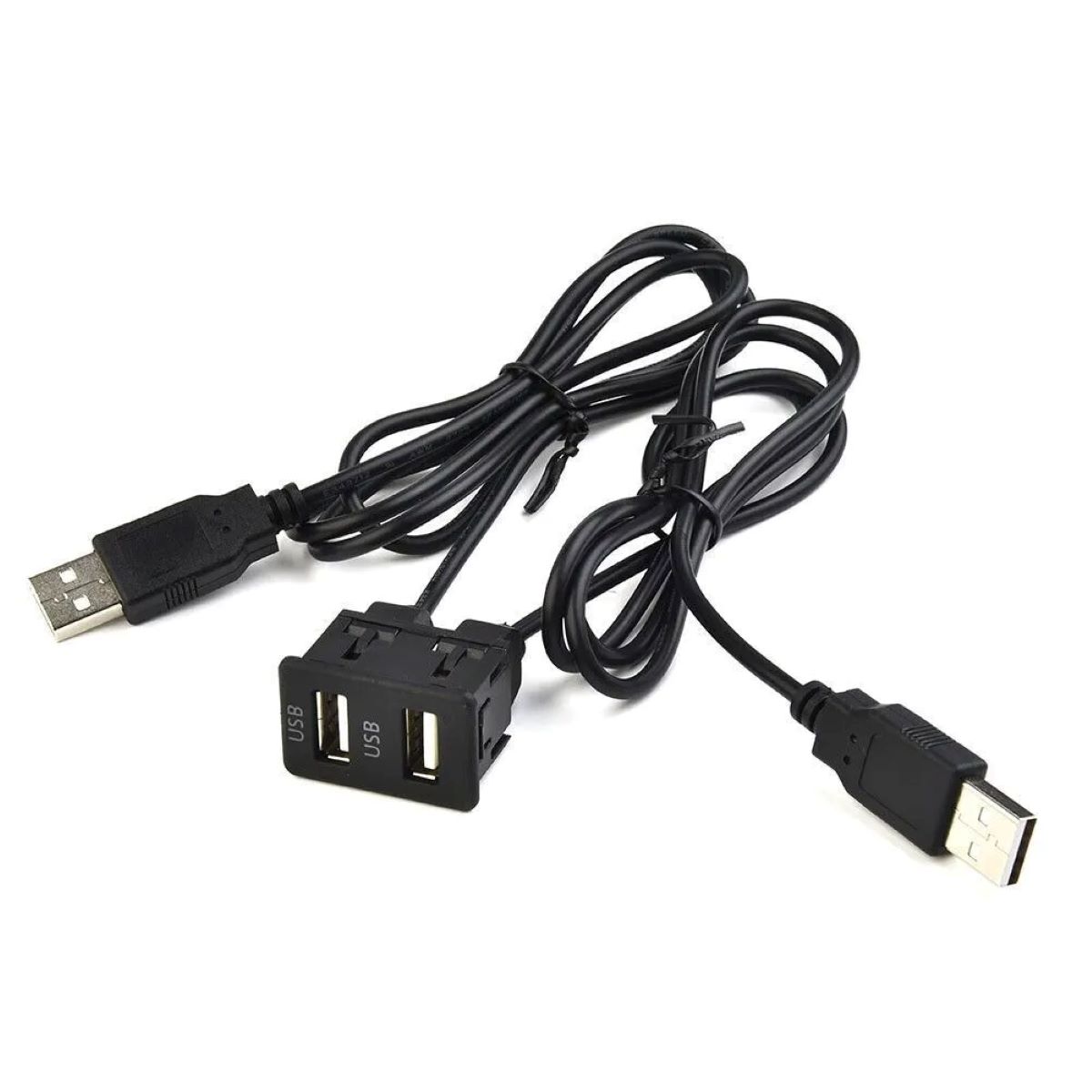
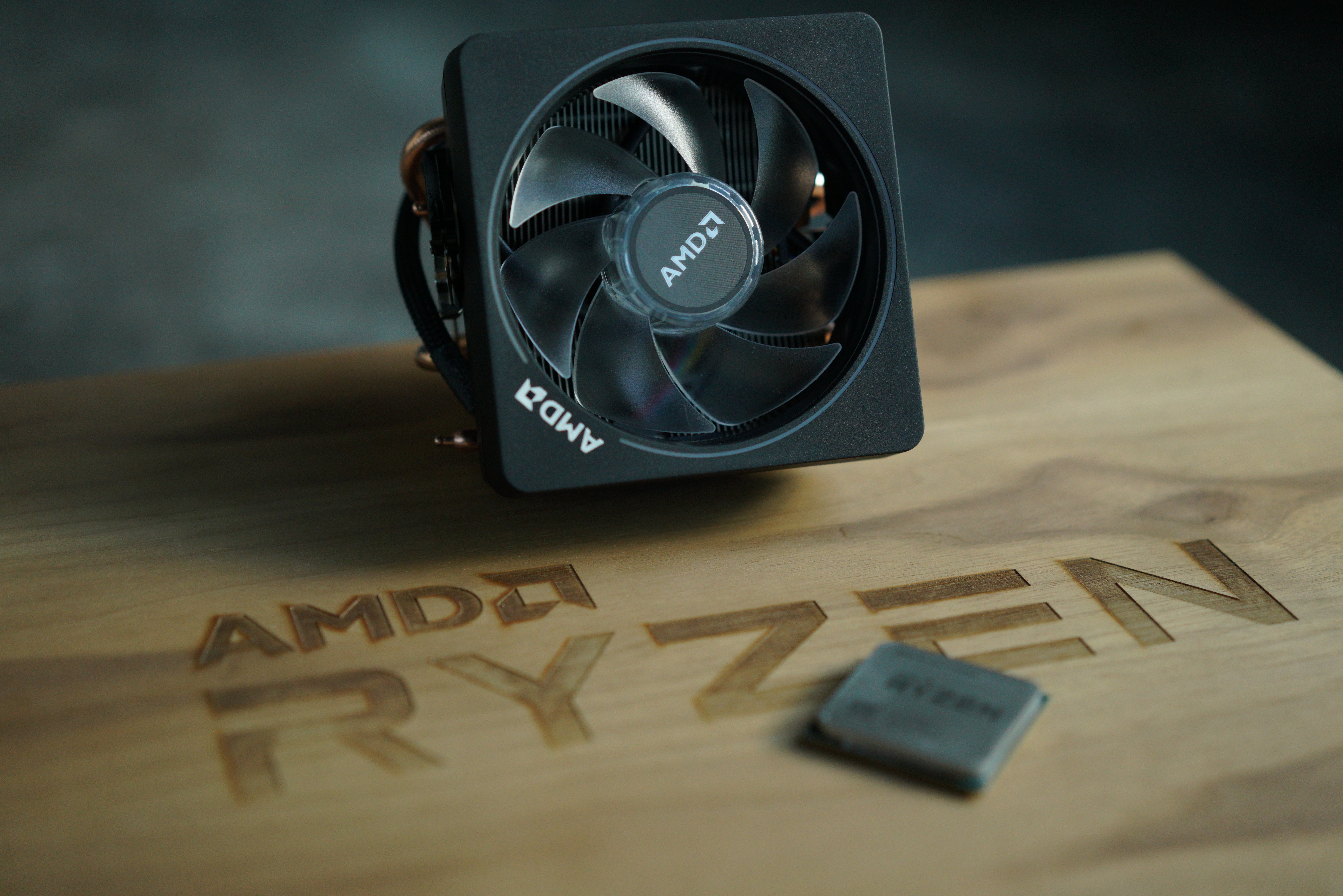

0 thoughts on “How To Store Bitcoin On Usb”